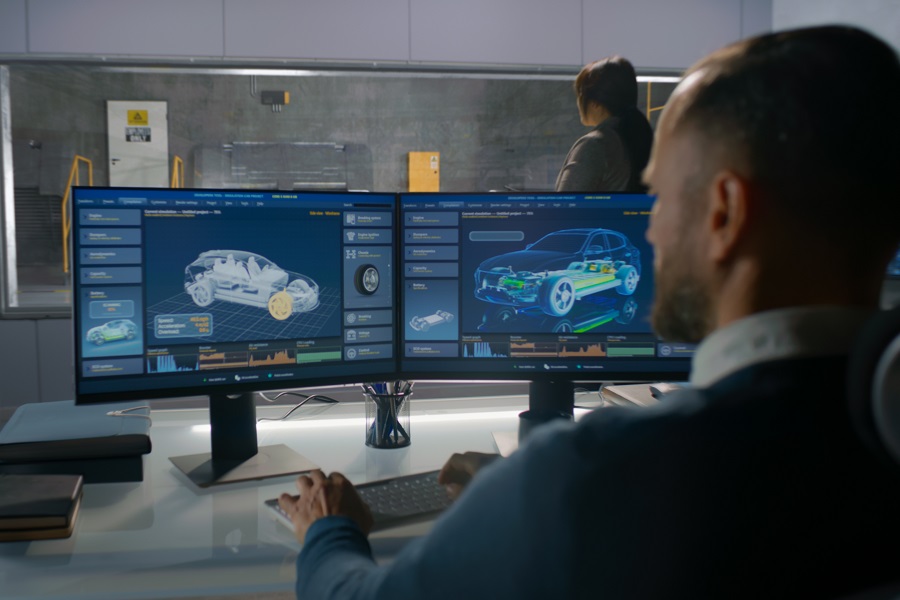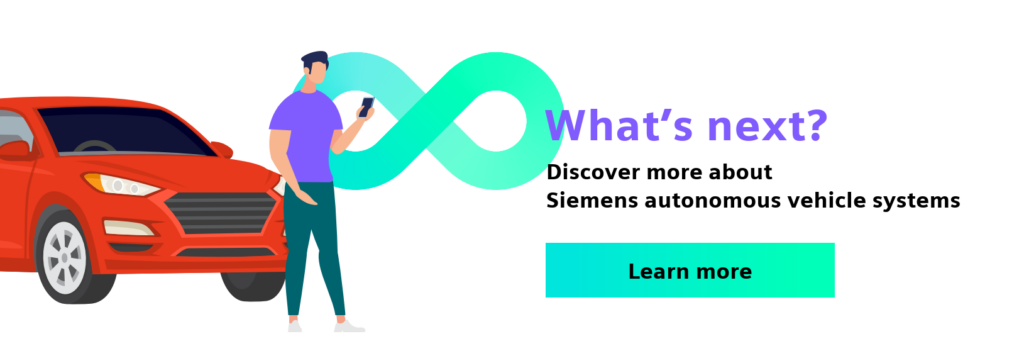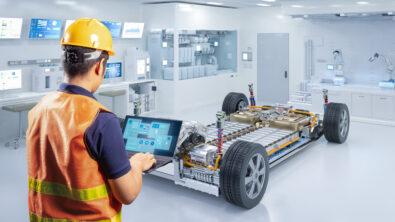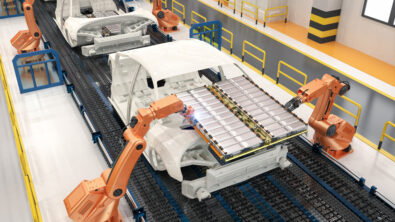How to develop trustworthy ADAS and AV system behavior faster

Teaching a computer to drive as safely as humans is complex, time-consuming, and costly. There are a seemingly limitless number of factors influencing the effectiveness of ADAS (advanced driver assistance systems) and AV (autonomous vehicle) systems, making development more complex than anyone in the industry anticipated. To be successful, manufacturers must have confidence that the autonomous operations they deploy can sense, think, and act seamlessly and appropriately, even in rare and challenging situations, such as adverse weather conditions or unpredictable road user behavior.
Watch the video to learn how to accelerate the optimization of your ADAS and AV systems while delivering trustworthy operations.
Critical scenarios help eliminate gaps in your ADAS and AV development
To accelerate the development of ADAS features and AVs, you need a solution that gives you complete confidence in your design before physical testing begins. This requires continuous optimization against an ever-expanding database of critical scenarios to expose the gaps in your design.
Collecting and analyzing data as vehicles encounter critical scenarios is crucial for optimizing ADAS and autonomous vehicle systems. This involves capturing sensor data, system inputs, and vehicle behavior during challenging or high-risk situations. artificial intelligence (AI) and machine learning (ML) can train an ADAS or autonomous system to handle situations on the road, but only when they’ve been exposed to the same situation multiple times. Edge scenarios are rare and unsafe situations that may not even occur once during a million miles of real-world recordings. However, passengers and other road users must be constantly kept safe.
Deliver confidence in unknown and unsafe critical scenarios
Exposing your ADAS and AV systems to every unknown and unsafe situation is impossible, even while driving millions of miles. Yet, your system must be capable of perceiving, predicting, and reacting effectively.
With our solution for autonomous vehicle development, you can record, organize, and store real-world driving, including sensor readings, vehicle dynamics, and information about the environment. You can then transfer this data to the virtual world and discover additional unknown, unsafe scenarios using Siemens’ patented methodology, artificial intelligence (AI), and machine learning (ML) to expand your database and meet SOTIF requirements. And your engineers can work in the virtual environment to rapidly refine and test the sensors, algorithms, and controls that enable the system to sense, think and act appropriately.
Achieve ADAS and AV safety and compliance faster
Autonomous vehicles must be trained to react appropriately in every situation to ensure safety and compliance. But there isn’t enough time or money to capture all unsafe scenarios using real-world recordings alone.
With Siemens Autonomous Vehicle Development, you can rapidly expand your scenario database to—
- Optimize the behavior of your autonomous systems.
- Annotate and organize real-world recordings.
- Create new scenarios by adjusting parameters and adding actors to scenes in a digital environment.
Elevate the most applicable information while discounting irrelevant data to speed up development and ensure compliance. Continuously optimize your architecture, sensors, algorithms and system behavior as your scenario database grows to ensure safety and security in all situations. Develop trustworthy autonomy faster with Siemens Autonomous Vehicle Development.




